What Are Microplastics?
Microplastics are like the glitter of the pollution world—tiny specks of plastic that measure less than 5 millimetres in size, making them barely visible to the naked eye. They come from a variety of sources, from big bad plastic bags and bottles to innocent-looking synthetic fibres.
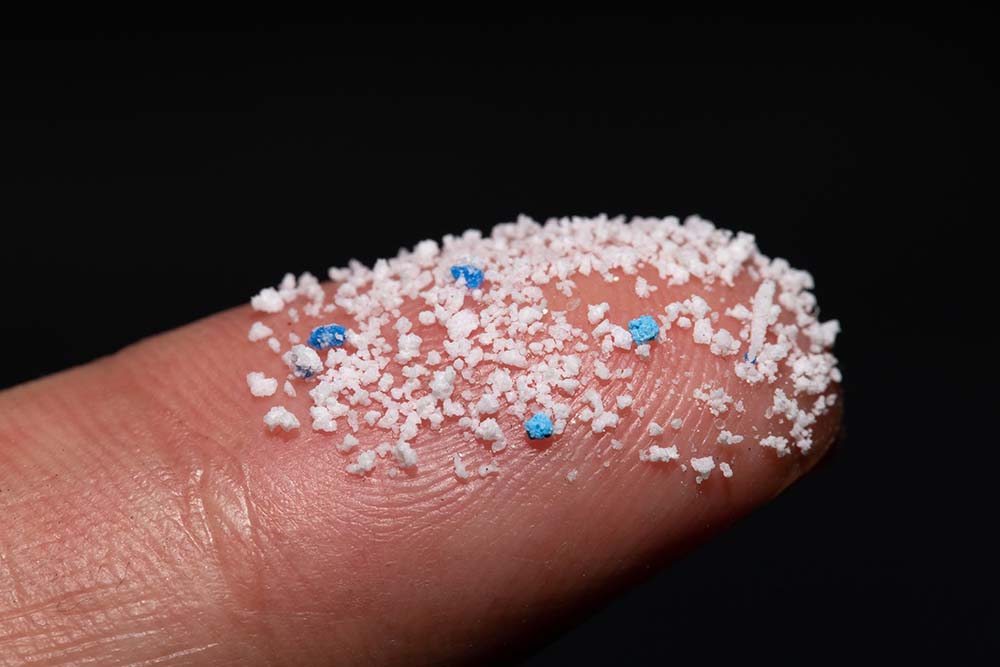
Image used for representational purposes only.
Now, here's where the fashion industry steps into the spotlight, all decked out in its synthetic glory. You see, many of our fabulous clothes are made with synthetic fibres like polyester, nylon, and acrylic. These synthetic fabrics end up shedding tiny plastic fibres called microplastics. So every time we strut our stuff in that trendy polyester blouse or slip into those nylon leggings, we unknowingly unleash an army of microplastics into the world.
Like that wasn’t enough, many common ways you handle your clothes can cause microplastic pollution. Washing our clothes can be an accomplice in this plastic caper. When we toss our clothes into the washing machine, it's like a wild disco party where the fibres break free and go on a spin cycle adventure. Eventually, they escape down the drain, joining forces with other plastic troublemakers and making their way into rivers, oceans, and even the bellies of unsuspecting marine creatures.
Now, let's move on to the beauty industry, where microplastics have carved out their niche. In cosmetic products, they often masquerade as those shimmering specks in your favourite highlighter or exfoliating beads in face scrubs. But, hold your mascara wand! When these products are washed off, those cunning microplastics make a splash in our water systems.
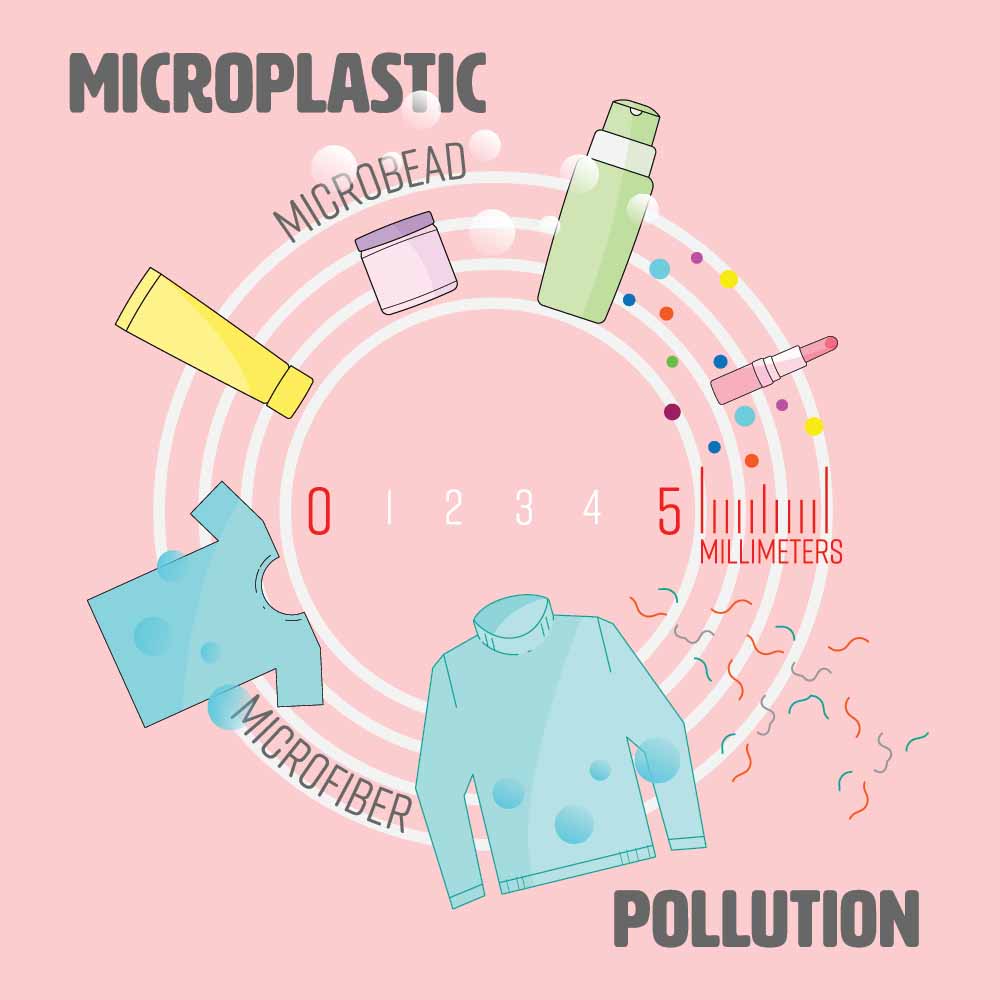
Image used for representational purposes only.
So, what's the big deal, you may wonder? Well, microplastics wreak havoc on the environment like a toddler on a sugar rush. They not only pollute our precious water bodies but also make their way up the food chain, turning marine life into an unintentional plastic buffet. And let's not forget that we humans are part of that food chain too. You’ll be shocked to know that a recent Dutch study published in the Environment International journal even found traces of microplastics in human blood.

Image used for representational purposes only.
Let’s look at some of the most common products that contain microplastics and what you can replace them with.
Common Products That Contain Microplastics
1. Fleece Clothing: Fleece jackets, sweaters, and blankets are typically made from polyester and can release microplastic fibres during washing.
Switch To: When seeking sustainable alternatives to fleece clothing, you can consider options such as recycled fleece made from post-consumer waste, organic cotton fleece, hemp fleece, Tencel™ fleece made from sustainably sourced wood pulp, as well as wool and alpaca fleece. Look for certifications like GOTS and Fair Trade to ensure ethical and environmentally friendly production practices.
2. Athletic Wear: Many sportswear items, such as workout leggings, sports bras, and performance tops, are made from synthetic materials that contribute to microplastic pollution.
Switch To: Sportswear made from natural fibres like cotton, hemp or linen. While some amount of stretch may be required when it comes to athletic wear for flexibility, try to pick options that contain the least or minimum percentage of synthetic fibres.
Maikai’s range of sportswear features not only the first-ever cotton sports bra but also some bottom-wear options that are perfect for intense workouts.
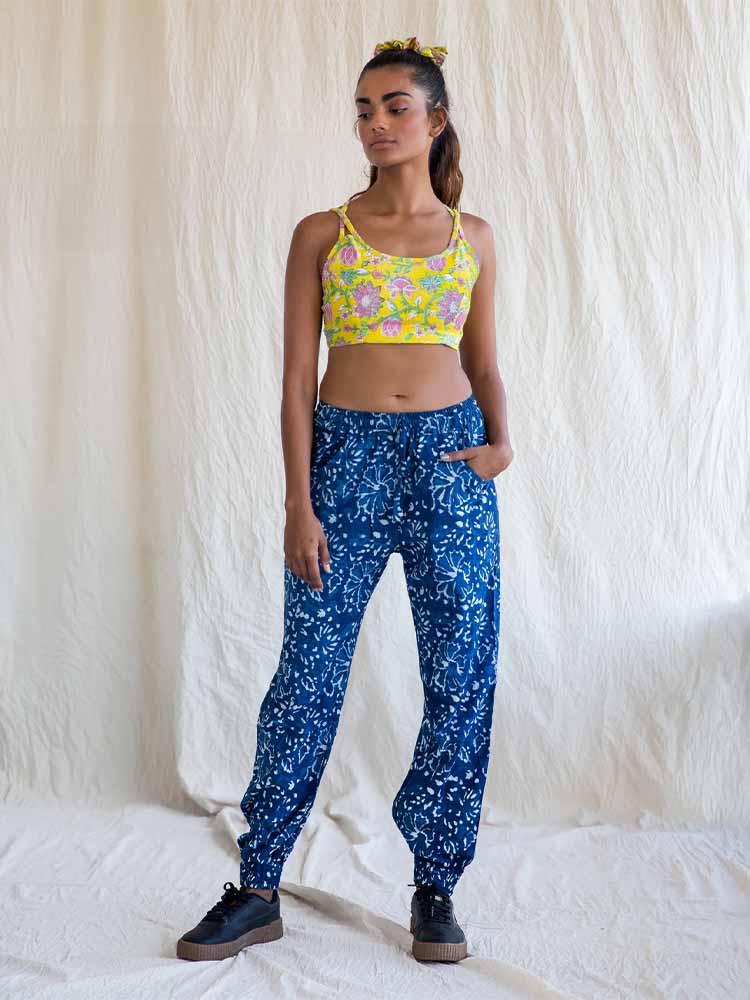
Maikai Sports Set | Image Source: Maikaiclothing.com
3. Makeup Products
Did you know there could be microplastics in your favourite everyday makeup products? These cheeky troublemakers sneak their way into your lipstick, foundation, and beyond, like undercover agents on a mission to wreak havoc on our environment.
Switch To: Makeup products made of naturally derived ingredients. Avoid products with glitter and the glitter particles are often microplastics.
Asa’s lipsticks are great picks for a more natural and lightweight finish without the toxins your regular lipsticks may contain.
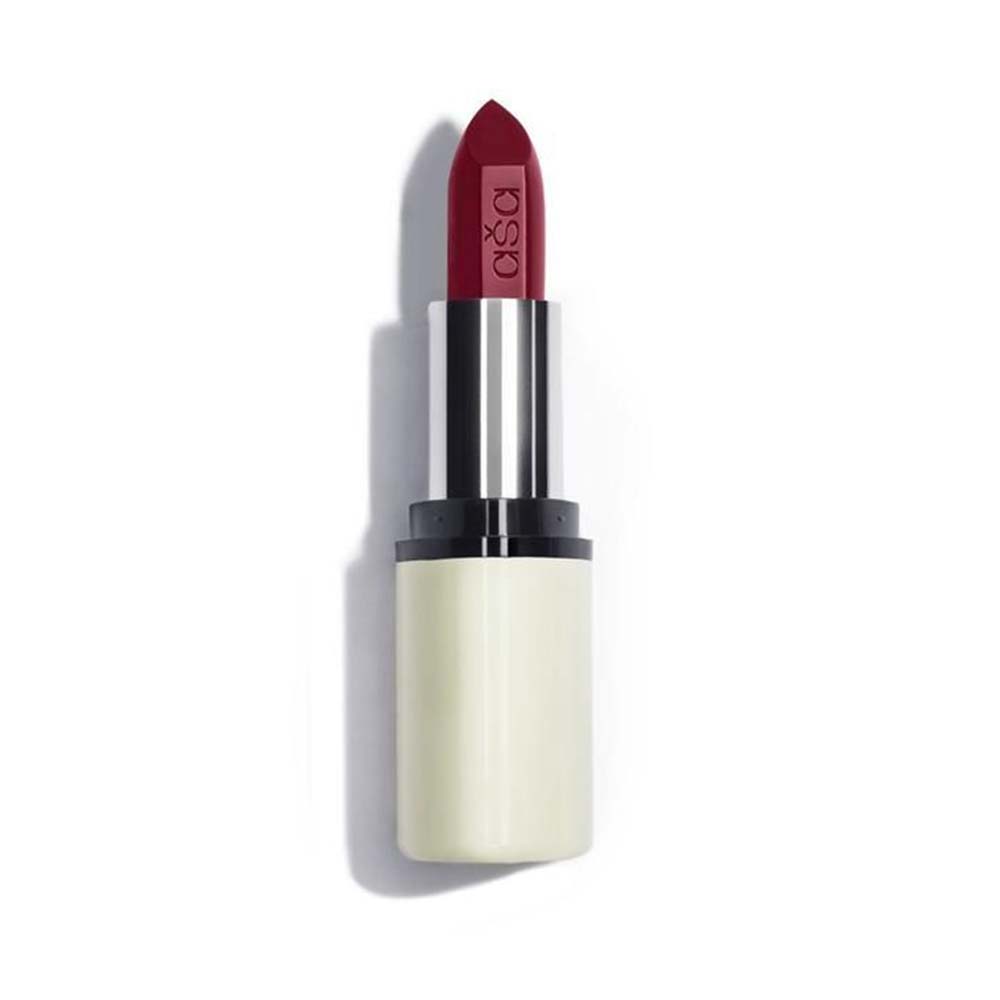
Asa Creme Lipstick, Kindlife | Image Source: Kindlife.in
4. Hosiery: Tights, stockings, and socks made from synthetic fibres like nylon or polyester can release microplastics when washed.
While it may be difficult to get your hands on organic cotton or natural fibre-based hosiery, you can do you bit by reducing how much you buy, washing these in cold water and a gentle cycle to reduce how much microplastic pollution these may cause.
5. Swimwear: Most swimwear is made from synthetic fabrics like nylon or polyester, which shed microfibers into the water when worn and washed.
Switch To: Non-synthetic or Recycled Swimwear. While recycled swimwear may still release microplastics, the positive side to it is that it doesn’t end up in a landfill, polluting ecosystems and affecting marginalised communities at the same time.
Guapa’s range of recycled swimwear can be great picks. Better yet, some of their pieces are also reversible, helping you shop less.

Reversible Bikini Set, Guapa Resort Wear | Image Source: guaparesortwear.com
6. Face and Body Scrubs:
Impressed by your go-to scrubs with microbeads that help get all the gunk out of your skin? While it may feel great, the microbeads are actually made of plastics in most cases, adding to microplastic pollution once you wash them away.
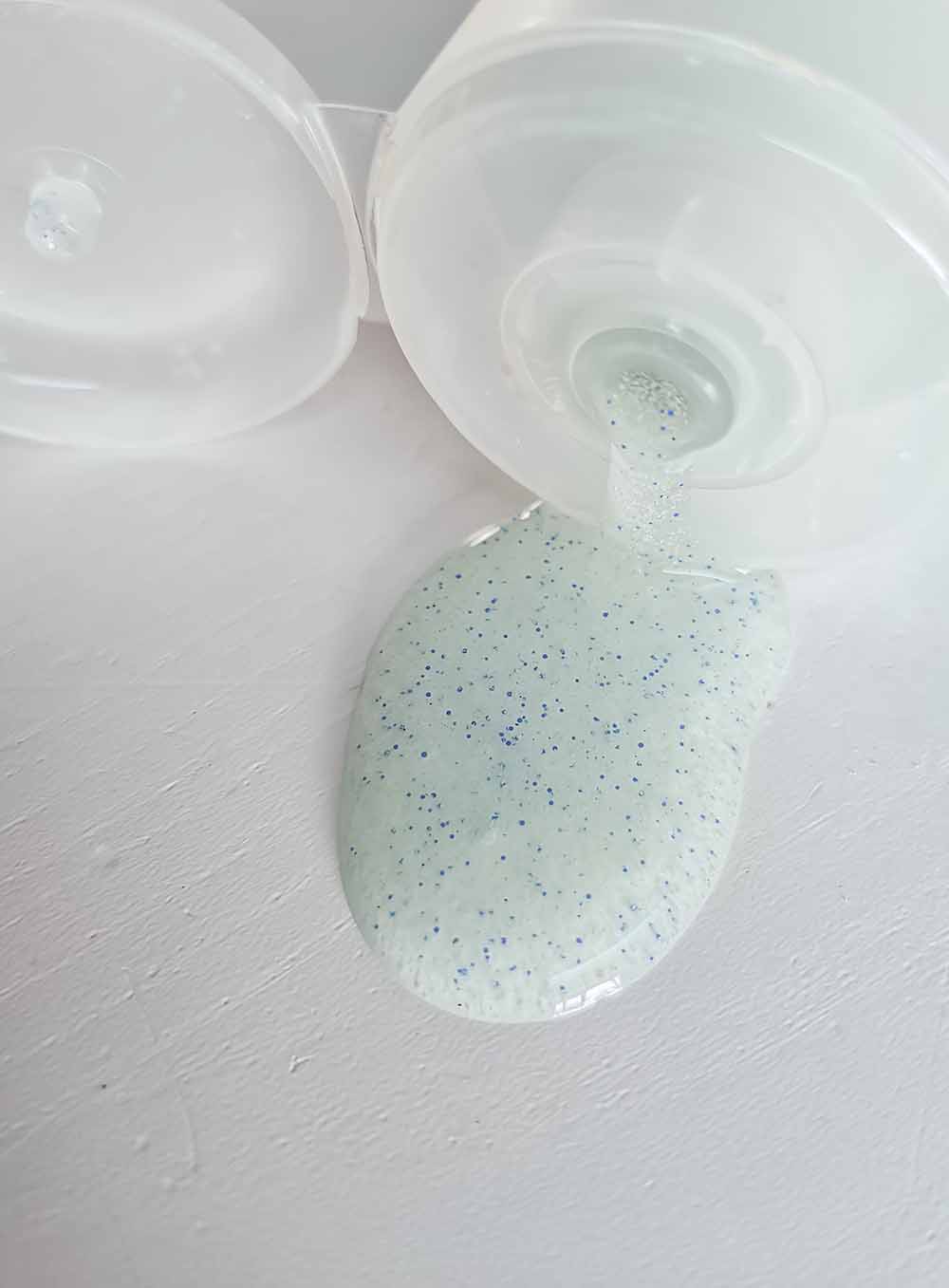
Image used for representational purposes only.
Switch To: Use scrubs made with natural exfoliating materials like sugar, coffee or salt, ditching microbeads altogether and stiff giving you a complete beauty routine the way you like it.
mCaffeine’s Coffee Body Scrub is a true fan favourite and for good reason! This one is sure to leave your skin exfoliated and super soft.
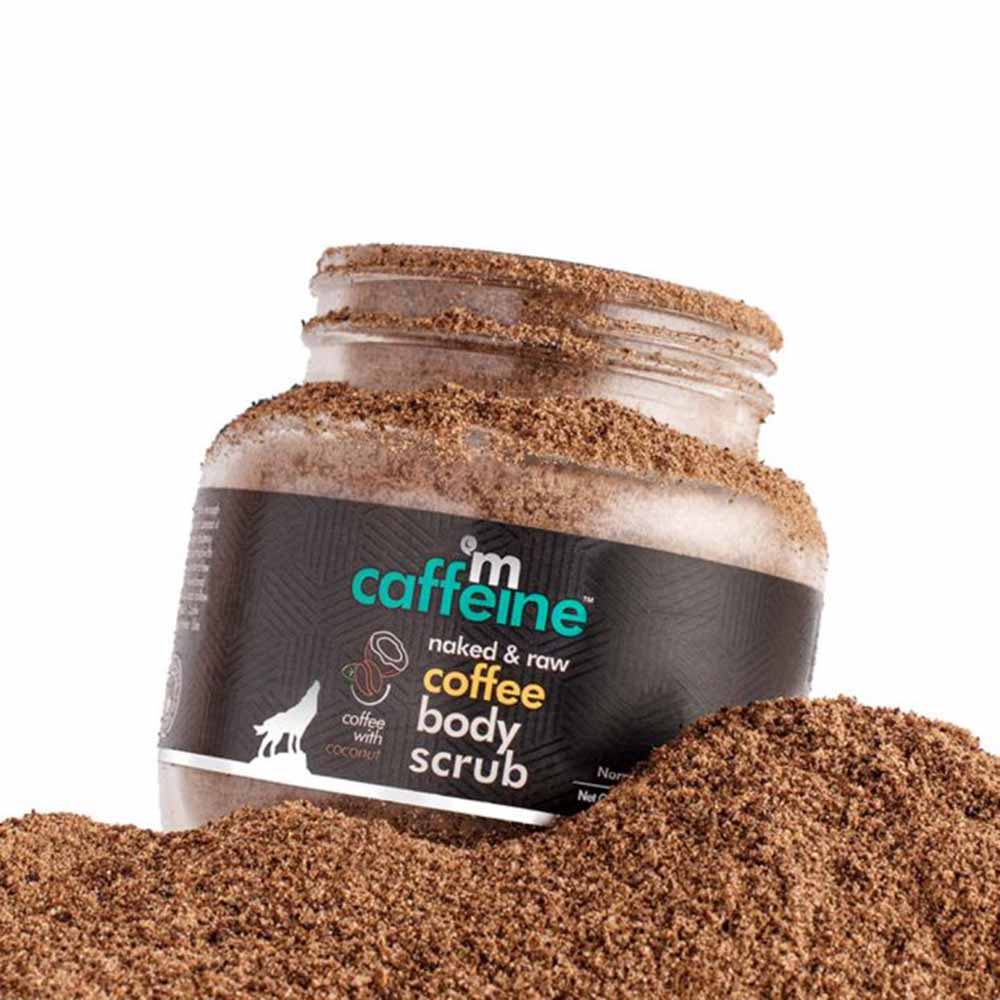
mCaffeine Coffee Body Scrub, Kindlife | Image Source: Kindlife.in
So even as these minuscule troublemakers have crashed the fashion and beauty scene, infiltrating our wardrobes and vanities through glittering eyeshadows and sneaky synthetic fibres, both industries have evidently started their journey towards a cleaner product line. All you need to do is ditch the tiny villains for eco-friendly alternatives and make microplastics yesterday's fashion or beauty faux pas.